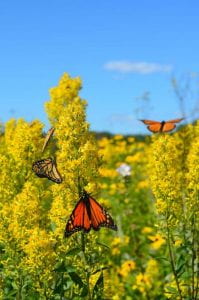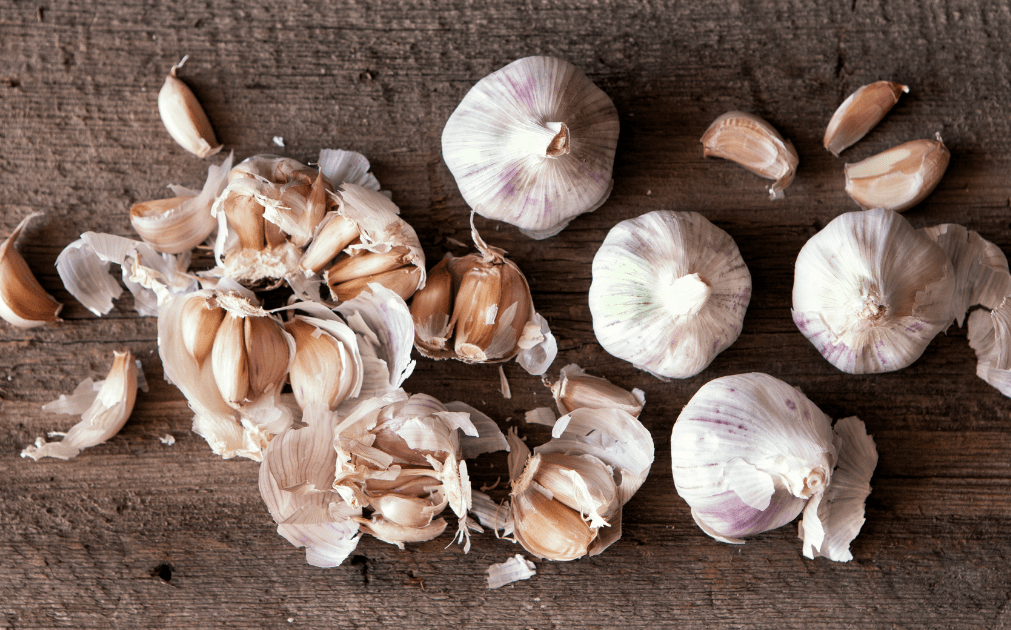The past few years have seen a tremendous increase in interest in pollinator gardening. This interest is fueled by the disease and health issues of our honey bees, the known declines in Monarch butterfly populations, and the apparent trouble our other native pollinators are in, all of which are becoming national concerns. Thankfully, the media has done an excellent job in educating the public on the important role pollinators play not only in our food system, but also in overall ecosystem health, and have brought attention to the worrisome declines.

The serious loss of pollinators has increased the desire of many gardeners to help reverse this decline and see what they can do to help maintain and improve habitats for pollinators. This is where the interest in developing pollinator gardens comes into play. But where does the average gardener gain the necessary knowledge to design a successful pollinator garden? There are many questions to answer: Which flowering plants are best for pollinators? What plants can diversify and extend the nectar available throughout the growing season? Should only native plants be used? Do some of our commonly planted annual and perennial flowers do the job? Walking into a big box store or nursery can leave you as confused as ever with so many choices, but only sparse information.
I was musing about all these issues the other day when a catalog arrived in the mail from Prairie Moon Nursery located in Winona, Minnesota. Prairie Moon Nursery specializes in native seeds and plants for gardening and environmental restoration. Read more Pollinator Gardens Made Simple


